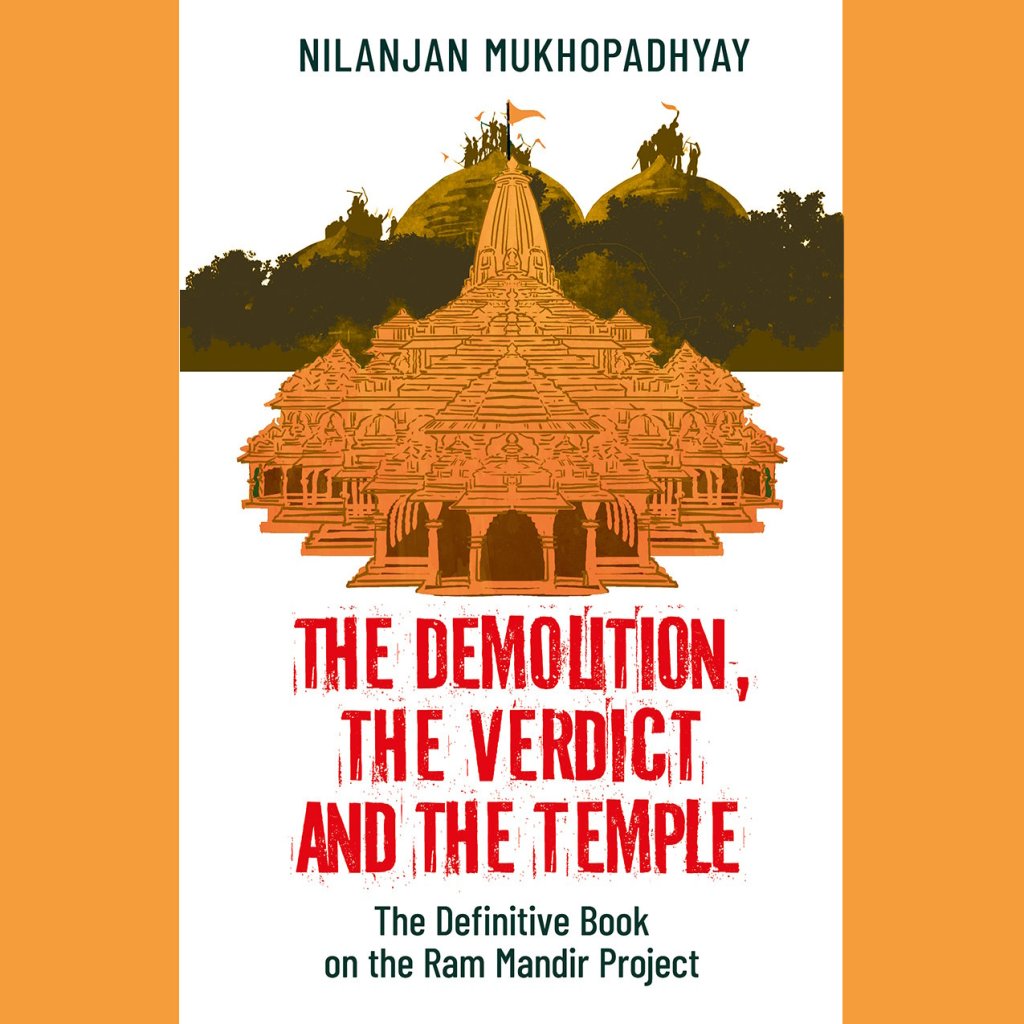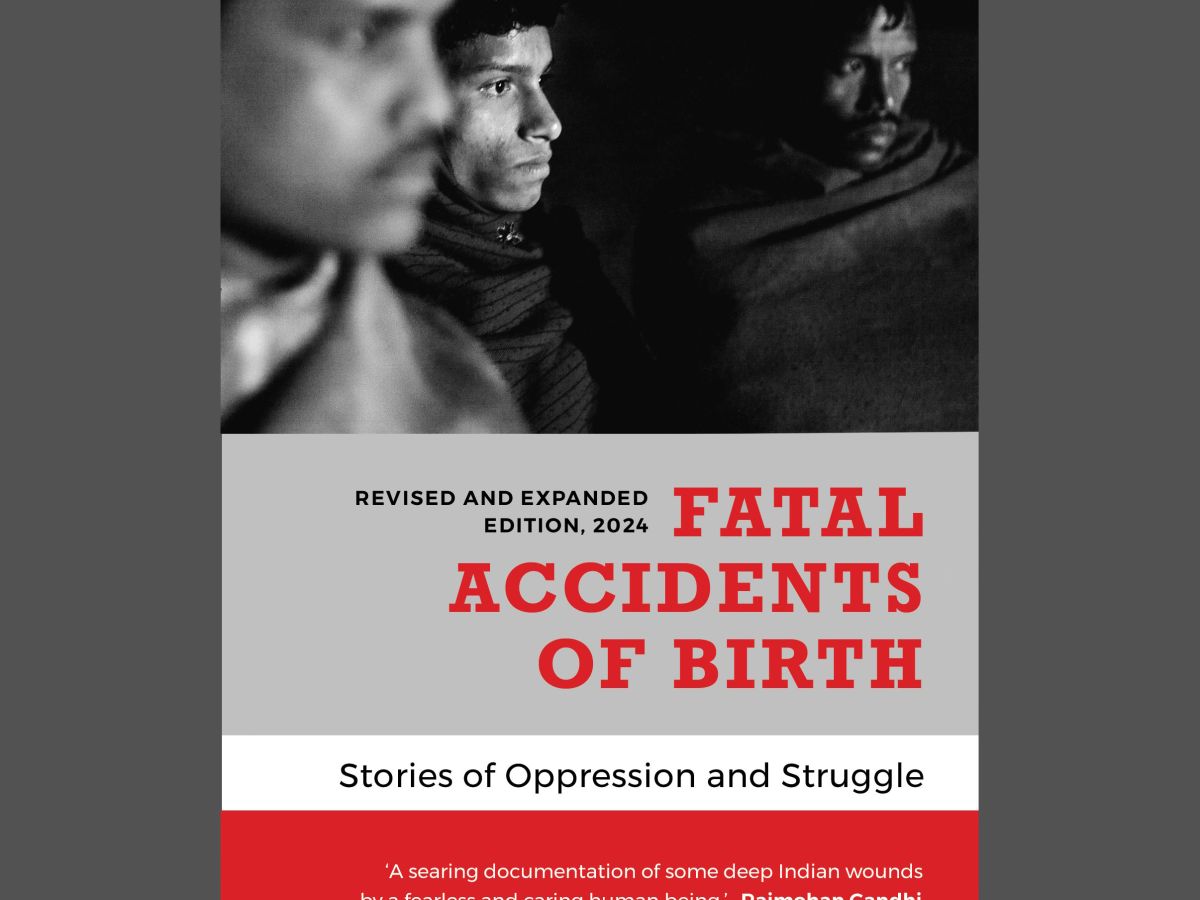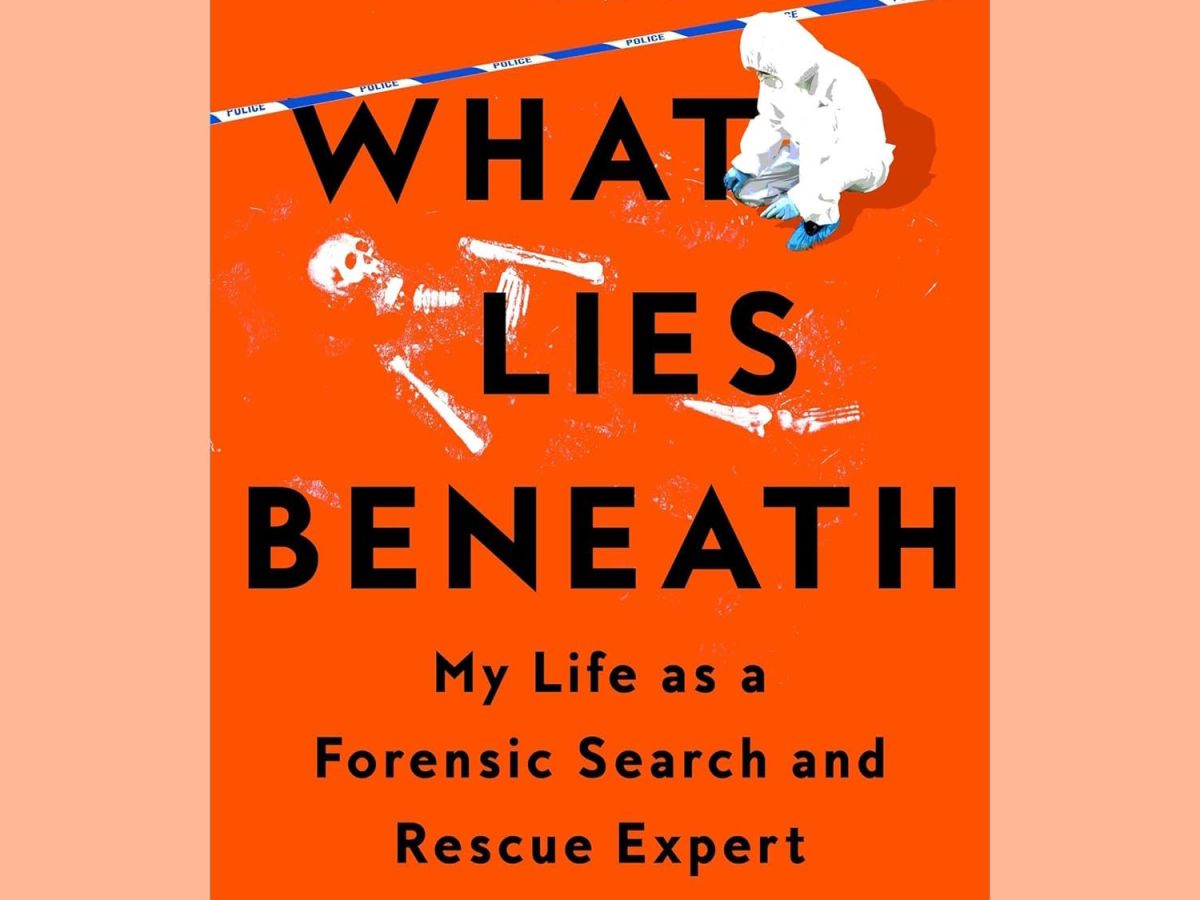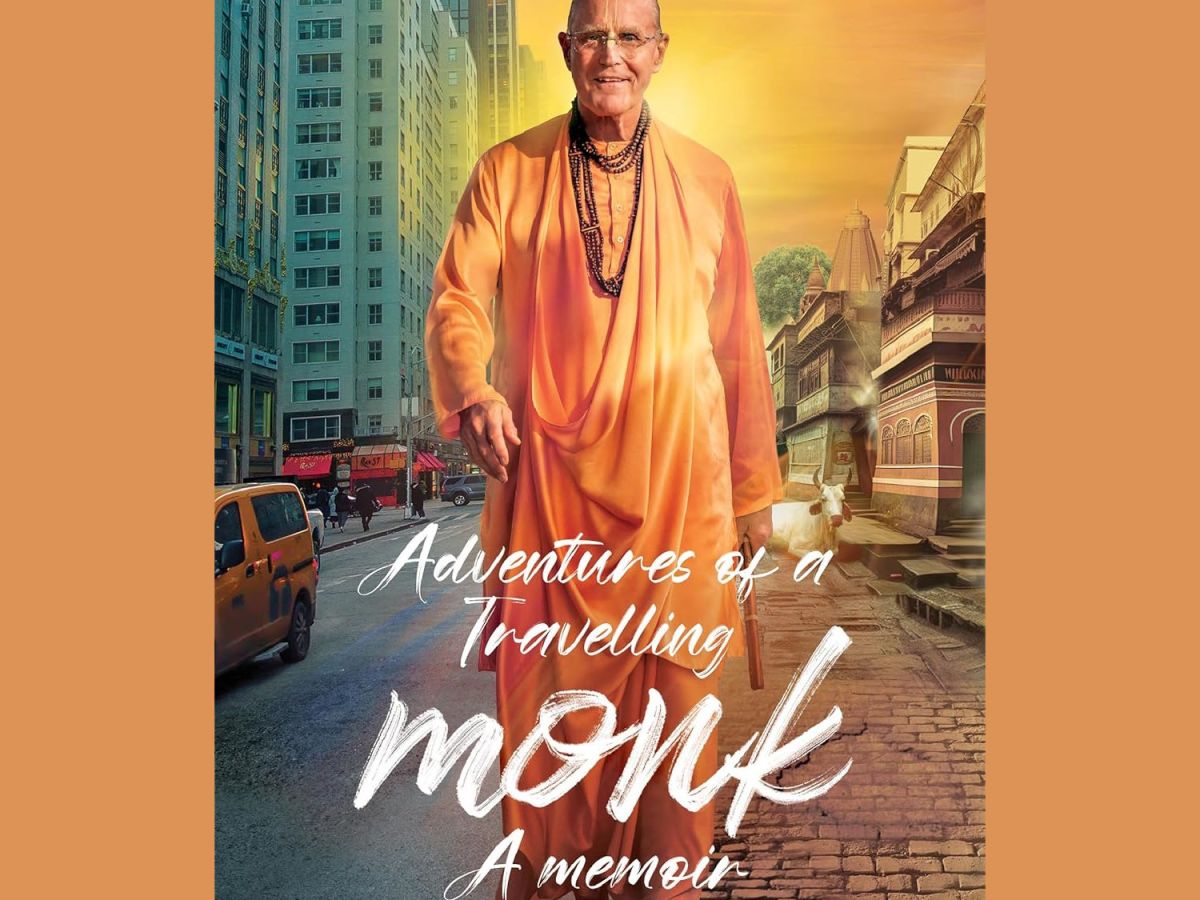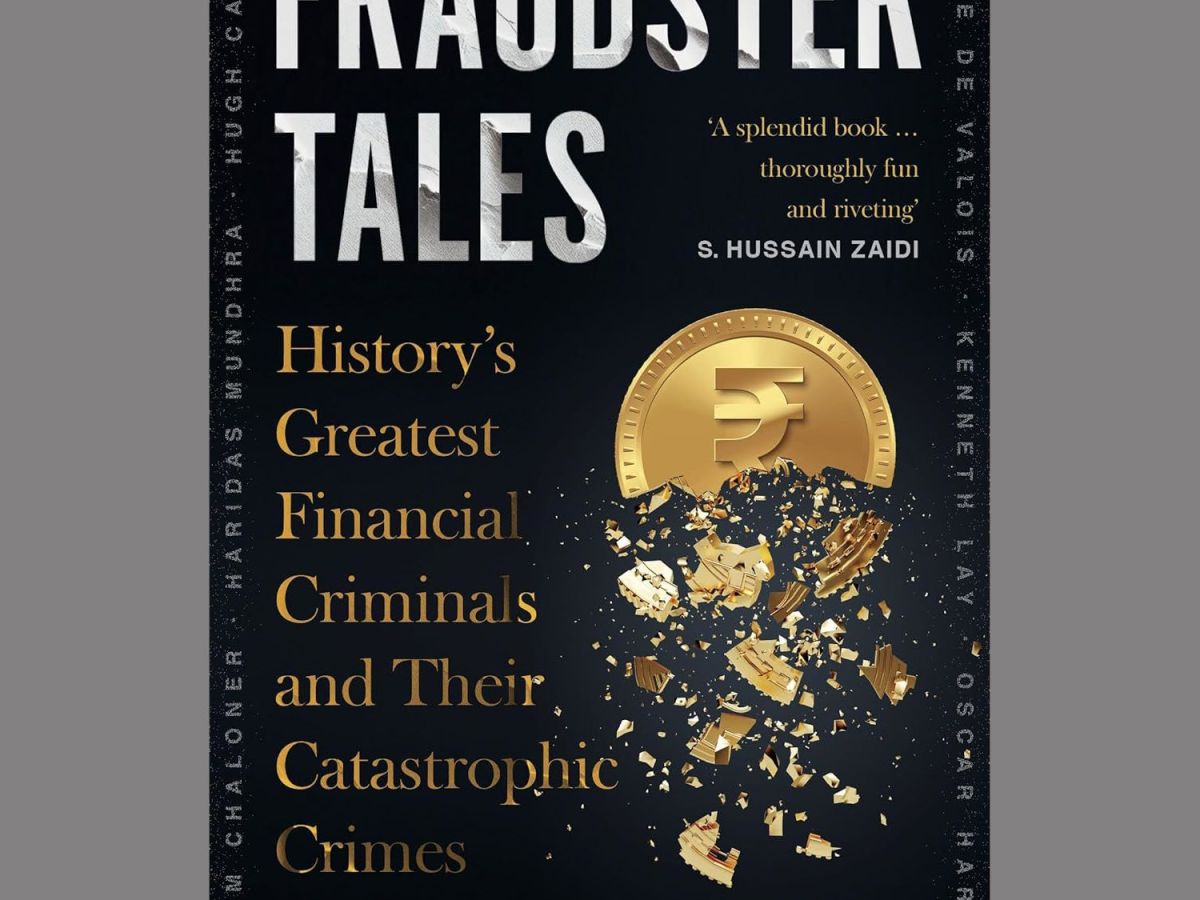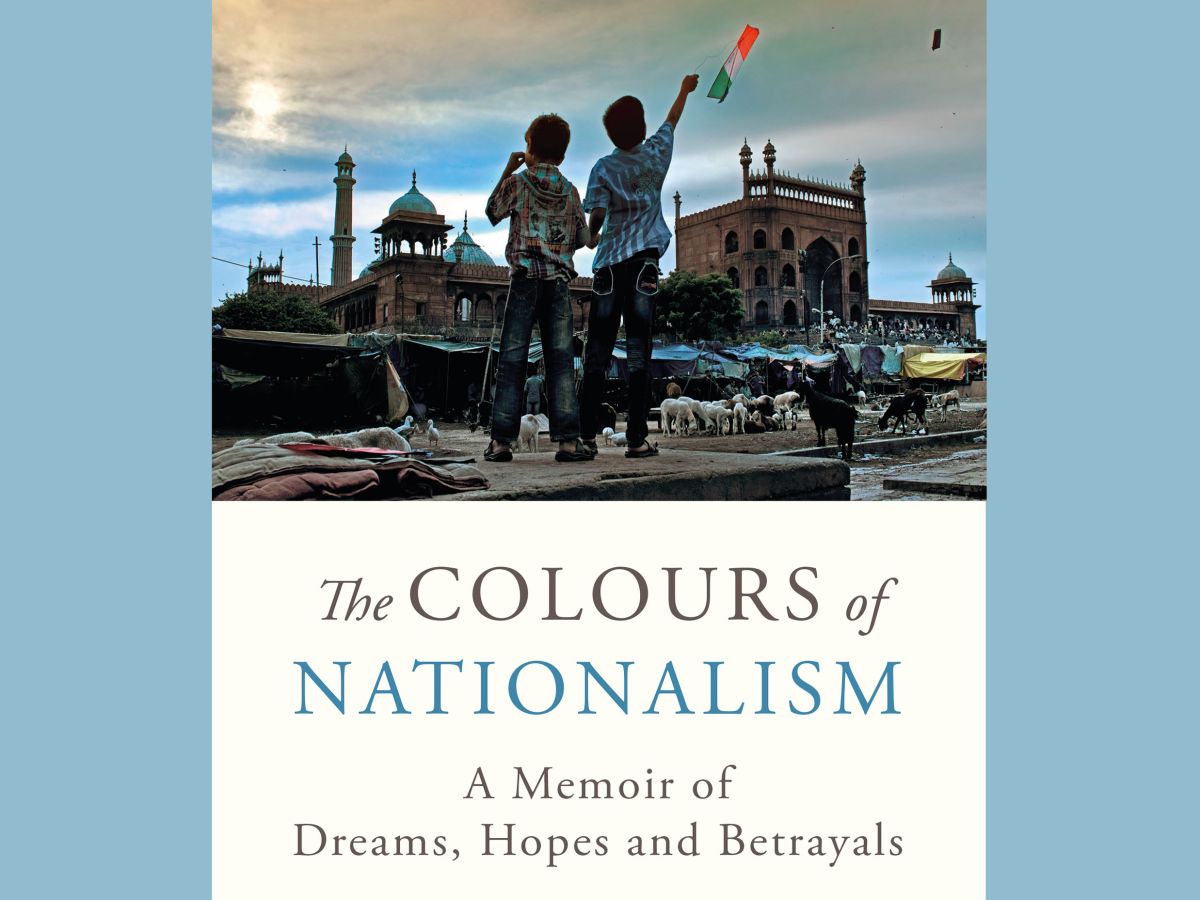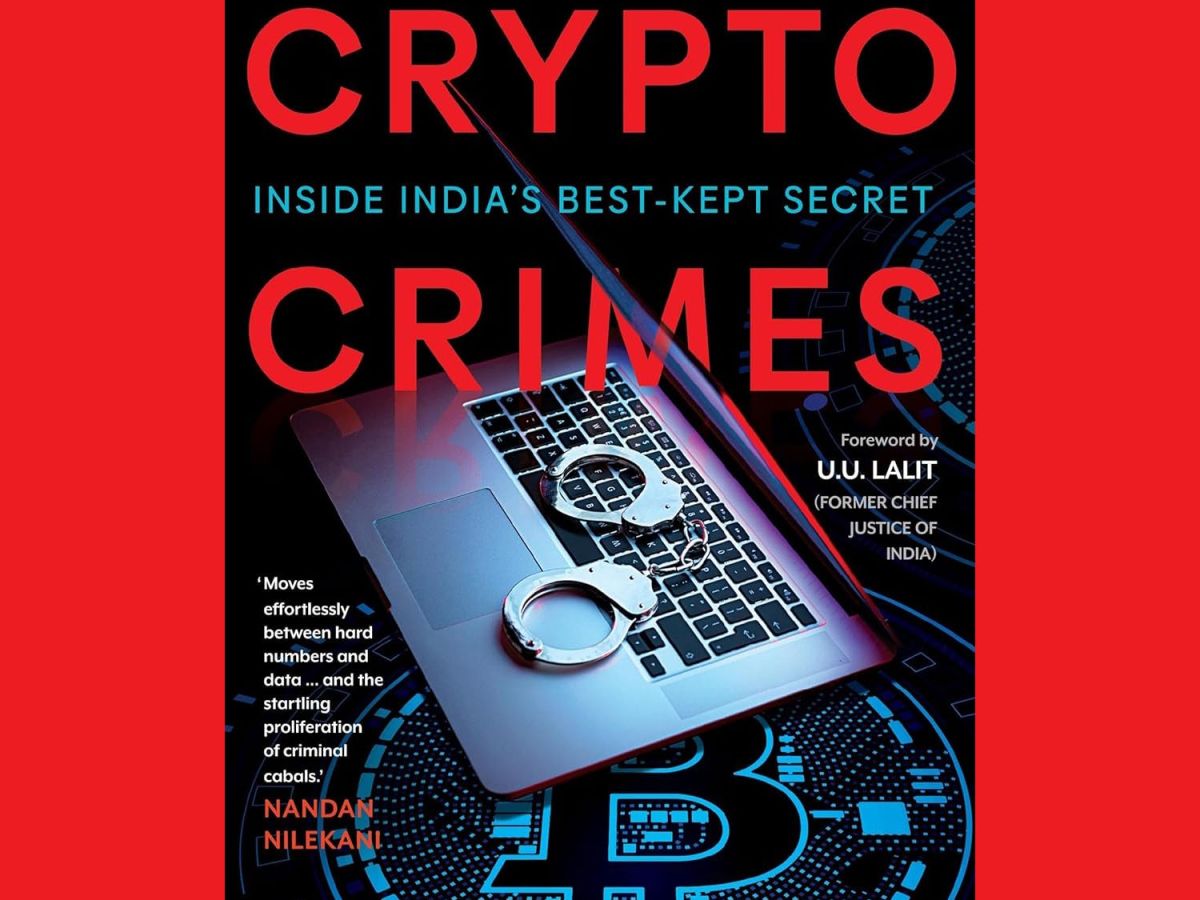The new Ram Mandir in Ayodhya was consecrated last week and following closely in its footsteps is Nilanjan Mukhopadhyay’s soon-to-be-released book, The Demolition, the Verdict and the Temple, where he deliberates whether the Ram Mandir will really be the ‘epilogue,’ or will it be just another chapter in the long-running Ayodhya saga. ‘The Ayodhya movement is unprecedented in the annals of Indian history. The success of the sangh parivar lies in having ensured that the passion and paranoia aroused in the course of the agitation for the Ram temple, was not limited to merely demolishing the Babri Masjid and constructing a new temple in its place. In addition to it, sentiments stirred in the minds of a large section of Hindus have become integral in their psyche,’ the author says.
Mukhopadhyay, who stated working as a journalist in the early 1980s, is well known for his reportage and analysis on the rise of Hindu organisations, their politics and agitations. He was among the first journalists to write extensively on the Ram Janmabhoomi-Babri Masjid conflict from the late 1980s and he has tracked the political and electoral emergence of the BJP and its allies from that period. The Demolition, the Verdict and the Temple is a well-researched, incisive and deeply analytical piece of work that deserves to be read by anyone who wants to truly comprehend the deep, complex issues surrounding the new Ram temple in Ayodhya, the political motivations and the singular narrative which the ruling party is keen to disseminate amongst all Indians.
With the publisher’s permission, here is an excerpt from the book.
The fifth of August 2020 was a watershed day not just in the political agitation for the Ram temple; it was also a day when much of reconstructed history and popular belief were given a stamp of authority by the prime minister of India. In his speech at Ayodhya after the Bhoomi Pujan ritual, where he was the jajmaan (person performing the rite), Modi remarked that the day marked the end of centuries of the Ram temple’s saga of destruction and resurrection. But his assertion was at odds with that reading of history which was relied upon by the Supreme Court while hearing the sensitive case.
Modi’s affirmation put the official seal to the partly incorrect and somewhat distorted history peddled since 1984 in the course of the religio-cultural movement for a Ram temple. Over three-and-a-half decades, efforts have been made to historicize contemporary Ayodhya’s association with Ram and establish the epic hero’s historicity. In this process, much of Hindu mythology was also depicted as history. As a consequence, the town became the stage where mythical stories were spun into modern metaphors and in turn converted into political tools utilized to garner support for the agitation. The conversion of mythology into history dovetailed into the process of weaponization of history.
This effort was in sync with repeated attempts to alter history curricula in schools and colleges. After 2014, this effort was given greater thrust by appointing as chairperson of the Indian Council of Historical Research (ICHR) someone who once headed the Akhil Bharatiya Itihas Sankalan Yojana (ABISY), the history wing of the Sangh Parviar. Within months, the ICHR declared that historical research would thereafter give greater weightage to folklore, custom and oral traditions. Yellapragada Sudershan Rao, the new chairman who quit in sixteen months of his appointment because of a quibble with the government over the amount of his honorarium, was of the view that ‘the Ramayana and the Mahabharata are true accounts of the periods in which they were written. Western schools of thought look at material evidence of history. We can’t produce material evidence for everything. India is a continuing civilisation.
To look for evidence would mean digging right though the hearts of villages and displacing people. In continuing civilisations such as ours, the writing of history cannot depend only on archaeological evidence. We have to depend on folklore too.’ This was not the first time that Narendra Modi or someone else in the Sangh Parivar was playing fast and loose with fact, trying to pass off mythology/legend as history. In October 2019, the Union home minister, Amit Shah, at a lecture in the Banaras Hindu University called for rewriting history from an ‘Indian point of view’, underscoring how important altering perspective on history was for the Hindu right wing.
In the course of the Ram Janmabhoomi agitation, much effort was made to transform the temple town’s history and synchronize it with the popularly believed Hindu account. It is noteworthy that emphasis in this narrative was on Ayodhya as a geographical location to buttress the claim of this town as the birthplace of Ram. This reversed a crucial notion in Tulsidas’s Ramcharitmanas: ‘Avadh tahan jahan Ram nivasu’ (Wherever Ram dwells there is Avadh or Ayodhya). The centrality of the poet’s contention is that Ayodhya can be located even in hearts of devotees. Yet, emphasizing on ‘this’ Ayodhya being the actual birthplace of Ram was essential for the agitation to gain strength because it was necessary to situate the proposed temple at the precise spot where the Babri Masjid once existed.
Significantly, the idea of a fixed location for the mythological Ayodhya was based on secondary sources from the nineteenth century onwards, one of which—A.S. Beveridge’s translation of The Baburnama—was termed by the Supreme Court as not very authentic because ‘she had neither read the original nor is there anything to indicate that she was in a position to translate it’. Protagonists on behalf of the temple were aware that the sources cited to ‘prove’ or argue that the ‘claimed’ or popular history of Ayodhya was the same as its ‘actual’ history were insufficient. Therefore, an argument was put forth from the late 1980s, similar to the contention forwarded by several nationalists including Mahatma Gandhi, that on matters of faith, ‘literal truth’ was often unnecessary.
Gandhi was never keen to demonstrate his religious or spiritual belief as being founded on rational evidence. He was of the view that individuals were entitled to religious conviction however unscientific it might appear to others. Likewise, from the late 1980s, the issue of contemporary Ayodhya being the birthplace and the mosque being located on the precise spot where Ram was born was presented as ‘a matter of faith’ not open to scrutiny of any sort, academic or legal. Just as the popular narrative of Ayodhya was increasingly projected as the temple town’s real history, Ram too stopped being depicted as just God, but also began being projected as a historical character in whose life, various events, most importantly his birth, occur at the sites pinpointed by proponents of the movement.
‘Hindu histories’ on Ayodhya showcased among the masses are chiefly based on booklets and monographs of questionable scholarship which began being published and widely distributed between 1986 and 1991. To lend credence to this publicity material, academic credentials of purported writers were highlighted. These booklets were not limited to merely depicting contemporary Ayodhya as the historical seat of events in Ram’s life but also detailed a chronology of events and ‘battles’ waged by Hindus over several ages to ‘liberate’ the Ram Janmabhoomi.
With a few variations in details or dates, these pamphlets laid down the following timeline: Ram was born 900,000 years ago or in the Treta Yuga. A battle took place in 150 bc during the Greek and Kushana periods. The Ram temple was built in 100 bc by Vikramaditya. Two battles took place during Salar Masud Ghazi’s time, four during Babur’s to liberate the Ram Janmabhoomi, ten during Humayun’s period, twenty battles during Akbar’s reign, thirty during Aurangzeb’s tenure, ten battles during the rule of Awadh emperors including Wajid Ali Shah, and two during the British period (1912 and 1934). Divine intervention led to the ‘miraculous appearance’ of Ram Lalla’s idol in 1949. Finally, the gate was unlocked in 1986. The period between March 1984 when the VHP launched the agitation and 5 August 2020 when Modi conducted the Bhoomi Pujan ceremony for the temple marks the final battle Hindus ‘waged’ for the temple, it is claimed. The construction of the temple will mark the conclusion of the final phase of the crusade, the narrative contends.
The Demolition, the Verdict and the Temple
Author: Nilanjan Mukhopadhyay
Publisher: Speaking Tiger
Format: Paperback
Number of pages: 348
Price: Rs 489
Available on Amazon
The Demolition, the Verdict and the Temple: An Excerpt
